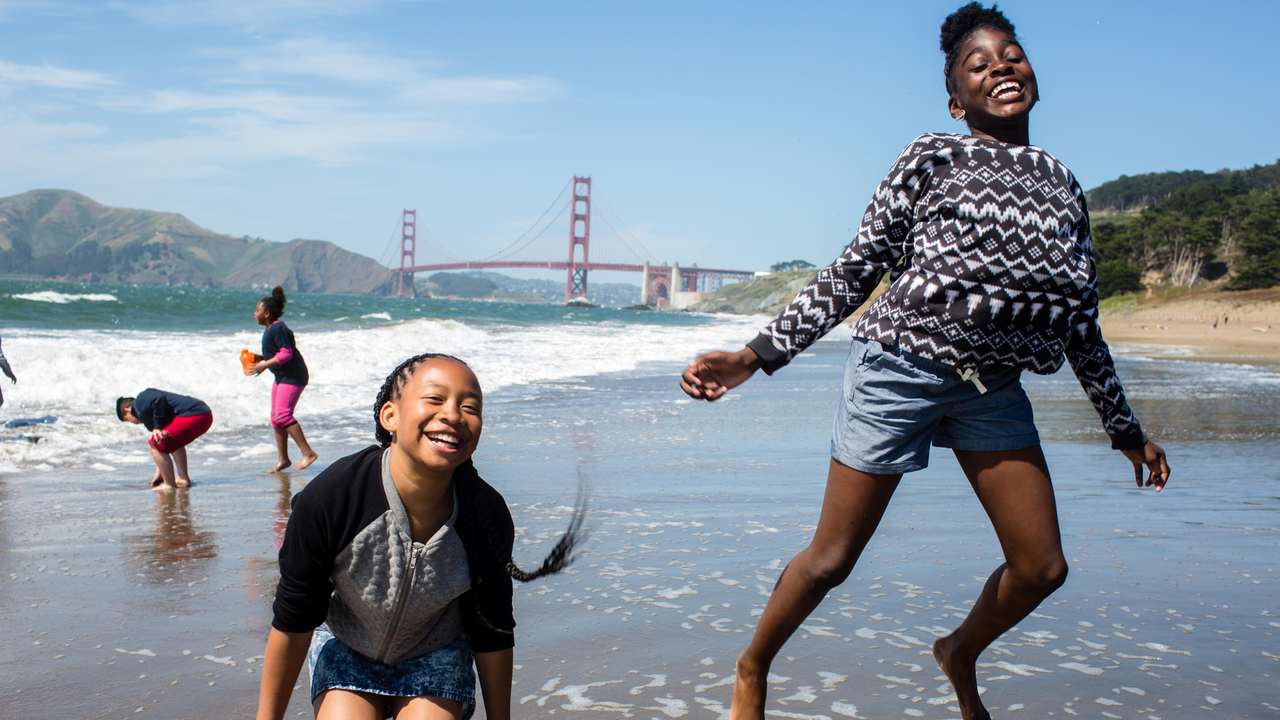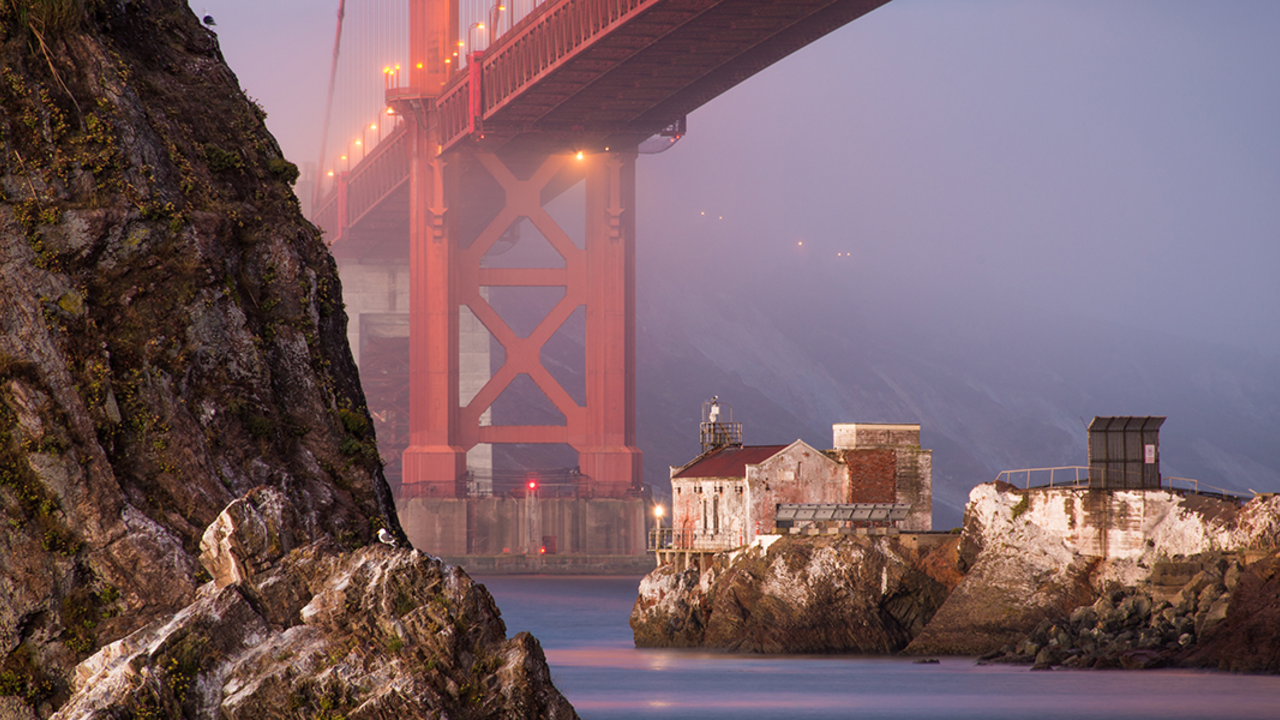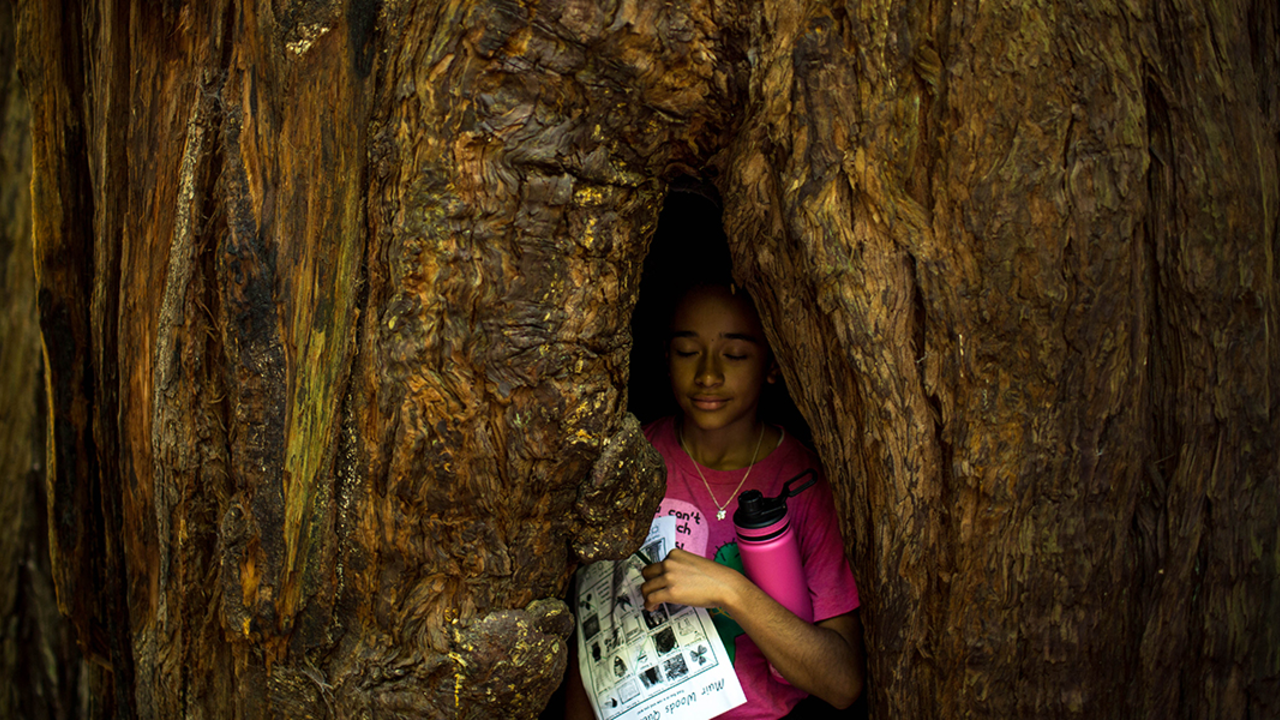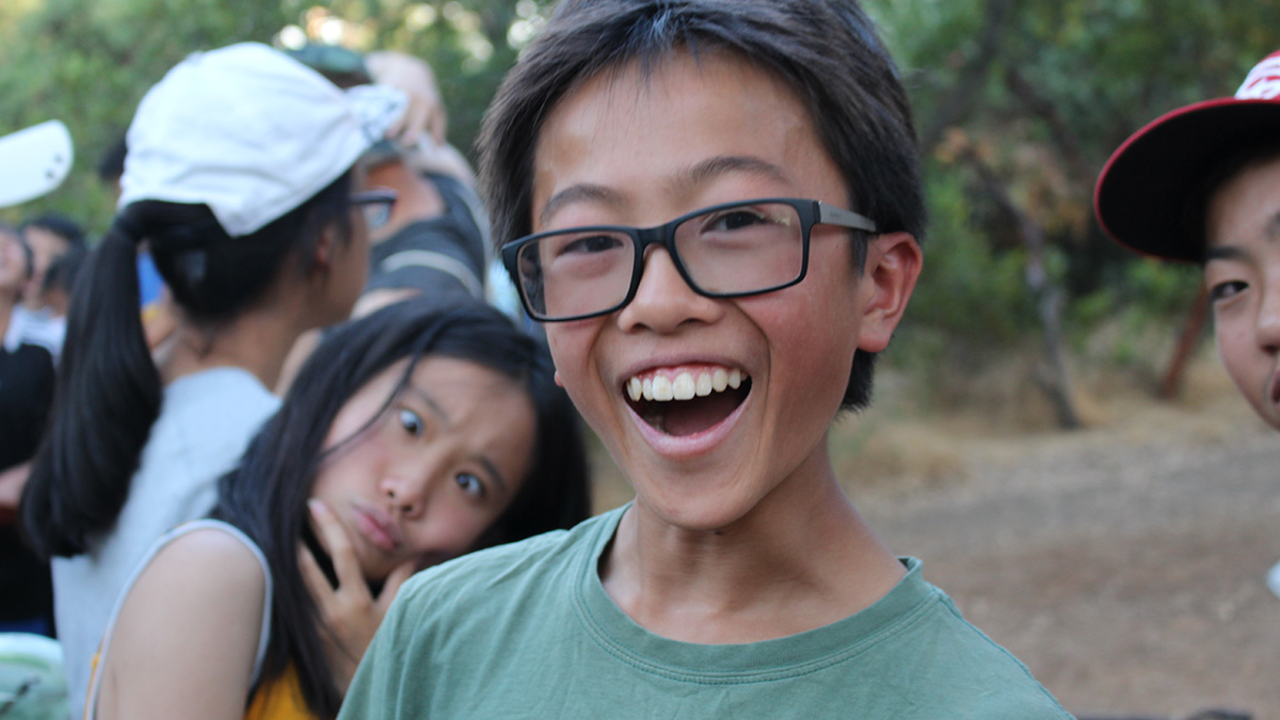Nine Photography Tips from Our Park Photographers

Paul Myers/Parks Conservancy
A good photo is not limited to only good gear. It’s so easy to get caught up in the idea that better equipment equals better photos. On the contrary, camera gear is always nice, but it’s certainly not always necessary. Often, the camera attached to your smartphone is a solid substitute for Digital Single Lens Reflex (DSLR) cameras. Most of what makes a quality image is just being there to capture the moment.
Save some money—and sanity—with advice from the Parks Conservancy’s staff photographers.
Check your equipment before you head out to photograph
This one seems so basic--but it’s an important step that even the most professional photographer will forget to do. Make sure the camera battery is charged, the memory card is empty, the tripod or monopod is packed, and lenses clean. For a photographer, nothing is worse than seeing a photo opportunity, bringing your camera up to take the photo and realizing your battery is dead.
Take your camera with you everywhere
When you take your camera with you, you look at the world differently. Much like a surfer looks at waves differently than someone just walking down the beach, your vision will change when you are just viewing the world around you versus creating and interacting with it.
Photograph the people and places you love
We take the best photos of what we know best. Plan outings with your loved ones just to snap pics—or have a spontaneous photoshoot while you’re out enjoying the parks. Trust us, it’s the best way to fall in love with photography.
Don’t overthink it
In our coastal parks, the weather changes fast so don’t wait to photograph, take pictures of what is in front of you because it might not be there tomorrow--or a half hour later. Just keep taking photos while the action is happening.
Play with the distance between you and your subject
This is important if you’re using your phone or a fixed lens, take a half-step closer to whatever it is you are photographing. If it still feels too far away, take another half step closer.
Take a variety of photos
Photograph the same picture at least three different ways. This is how we learn what elements in our images make our subjects “pop!” Snap a few photos from the side, from a low angle, from a high angle; if you always zoom in, try zooming out. Mix it up. And, most importantly, have fun!
Photograph during the “golden hour"
This term refers to the hour or so after sunrise or before sunset when the sunlight softens and showcases its red hues. Unless you have special filters or you are photographing with black and white prints in mind, try to avoid taking photos during the middle of the day. Why? Because when the sun is high in the sky, the light is harsh. And harsh light will “flatten” the subject of your photo.
Composition matters
Look at the corners of your viewfinder and see what is there. As Henri Cartier-Bresson, the master of candid photography, said: “Sometimes we only have to move the camera an inch or two, and the photo goes from a mediocre image to a great image.”
Clouds are a landscape photographer’s secret sauce
Clouds add drama to a photograph. Pay attention to the skies as you photograph the superlative sceneries in the parks. If you photograph right before a storm or right after (or during if you have protective equipment), that’s when the clouds are the most visually stirring.
When you’re done snapping photos and you’re ready to show off your top stills on your preferred social media channel, do us a favor and hashtag your post with #Parks4All. We might feature your photo on our website, Twitter, Facebook, or Instagram channels. Happy photographing, shutterbugs!


